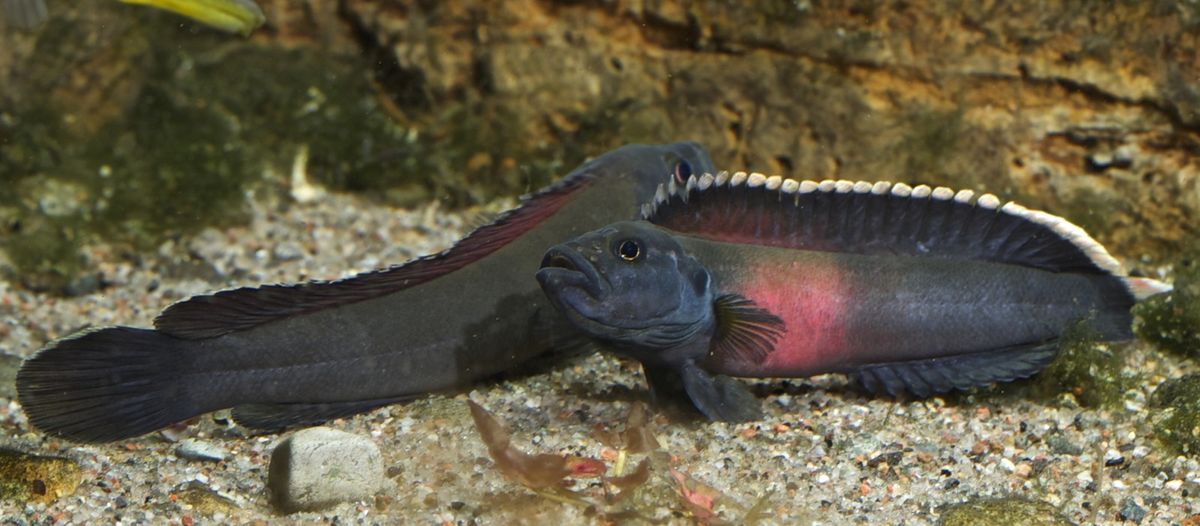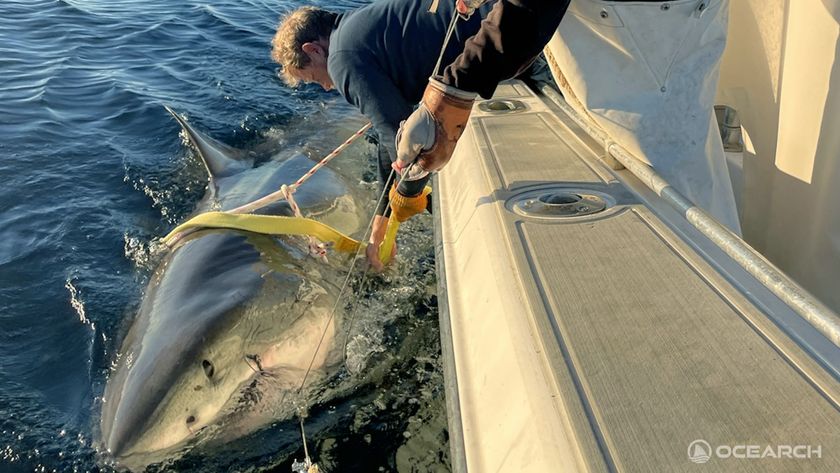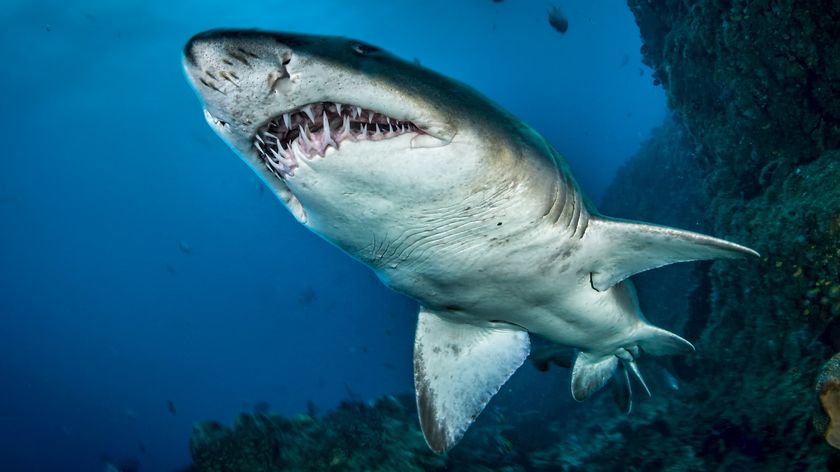Water 'Walls' Spur Evolution of New Colorful Fish Species

There are more than 300 species of bizarre and beautiful fish living in the lower Congo River. Now, research reveals why: Walls of water keep fish from breeding with one another.
Cut off by rapids and swift currents, fish species end up isolated. Over time, their genes become so different from their neighbors' that they evolve into entirely separate species, researchers reported Feb. 6 in the journal Molecular Ecology.
"What's particularly unique about the lower Congo is that this diversification is happening over extremely small spatial scales, over distances as small as 1.5 kilometers [0.9 miles]," study author Elizabeth Alter, a biologist at the City University of New York's York College, said in a statement. "There is no other river like it." [Photos: The Freakiest-Looking Fish]
Mighty river
The lower Congo is the last 200 miles (321 km) of a 2,920-mile-long (4,700 km) waterway that snakes through the Democratic Republic of the Congo and empties into the Atlantic Ocean.
The lower Congo is no lazy river; according to a 2008 U.S. Geological Survey report on its hydraulics, the first 80 miles (130 km) below Kinshasa, the capital of the Democratic Republic of the Congo, are so treacherous that they were not navigated until 2008. Other sections, like a 21-mile (34 km) stretch between the cities of Matadi and Kinganga, aren't navigable at all because of rushing rapids and dizzying waterfalls.
It's these rapids that drive the evolution of fish in the lower reaches of the river, Alter and her colleagues found. The researchers focused on cichlids of the genus Teleogramma, a group that includes the large-finned, rainbow-banded Teleogramma brichardi. An analysis of more than 50 fish from different species in the Teleogramma genus revealed that species were geographically defined. The hydrologic forces of the river, such as its impassible rapids and swift currents, limited fish to particular areas.
"The genetic separation between these fishes shows that the rapids are working as strong barriers, keeping them apart," Alter said.
Sign up for the Live Science daily newsletter now
Get the world’s most fascinating discoveries delivered straight to your inbox.
Amazing ecosystem
The barriers, formed by the hydrology of the river, explain how so much diversity could arise in the 3 million to 5 million years that the lower stretches of the river have existed, according to study author Melanie Stiassny, who curates ichthyology at the American Museum of Natural History in New York.
A similar phenomenon occurs on "sky islands." In these areas, species can't traverse steep valleys between mountaintops, so peaks right next to each other host species that never mix.
About 80 of the 300 fish found in the lower Congo are endemic, meaning they are found nowhere else in the world. T. brichardi is one of these endemic species. The International Union for Conservation of Nature (IUCN) classifies this fish as critically endangered.
The IUCN cites urbanization near the only rapids where the sleek, colorful cichlids are found as the species' major threat. But proposed hydroelectric projects, such as the Grand Inga Dam, would fundamentally alter the fast-flowing river if they were to be built.
"Activity like that would majorly interrupt the evolutionary potential of this system," Stiassny said in a statement.
Original article on Live Science.

Stephanie Pappas is a contributing writer for Live Science, covering topics ranging from geoscience to archaeology to the human brain and behavior. She was previously a senior writer for Live Science but is now a freelancer based in Denver, Colorado, and regularly contributes to Scientific American and The Monitor, the monthly magazine of the American Psychological Association. Stephanie received a bachelor's degree in psychology from the University of South Carolina and a graduate certificate in science communication from the University of California, Santa Cruz.
Most Popular




